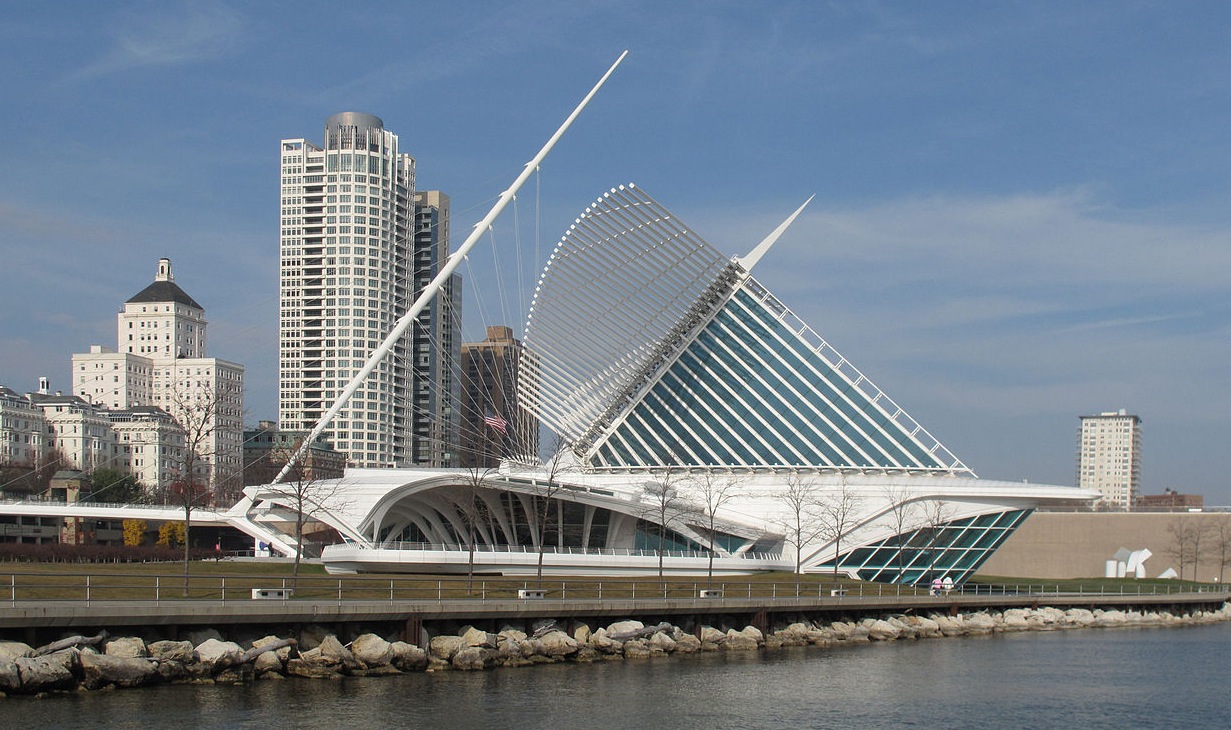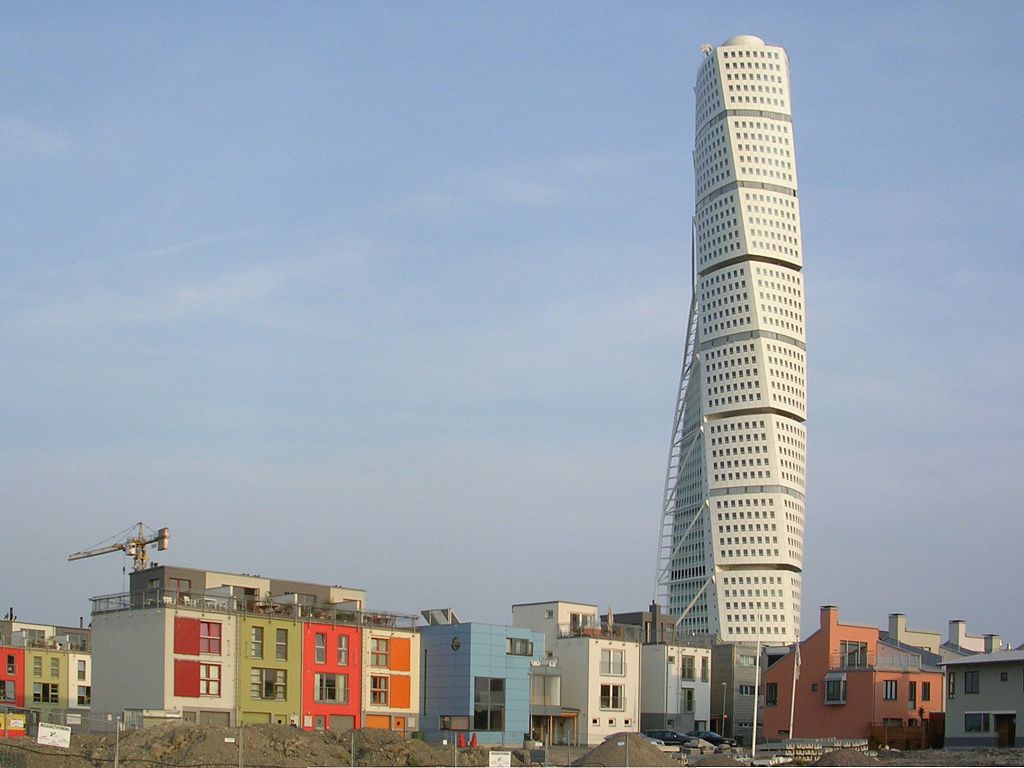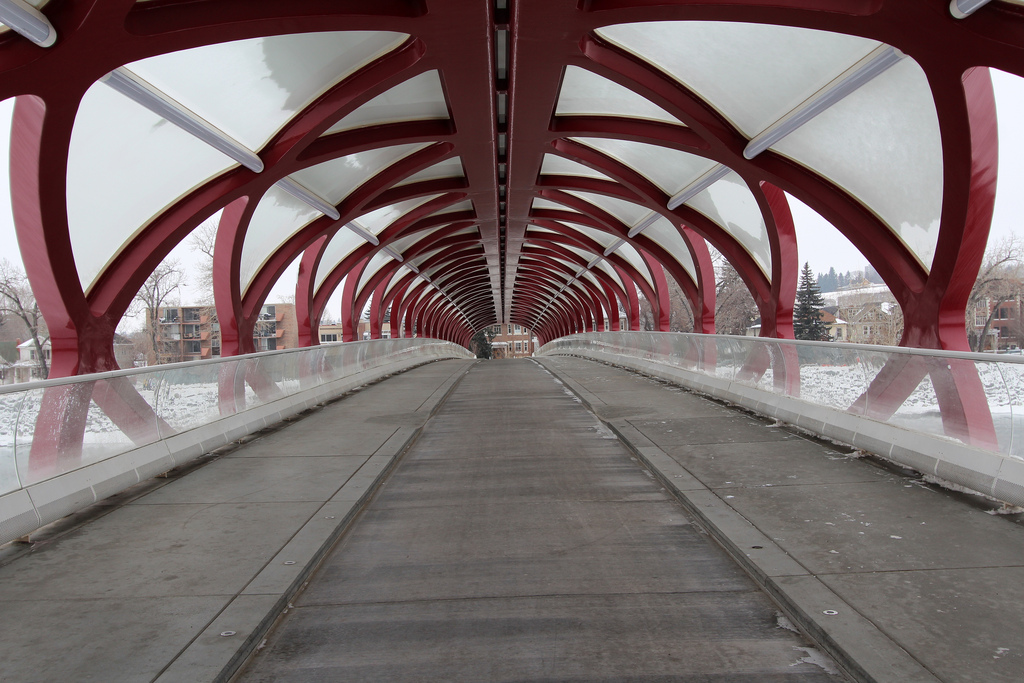On Tuesday, the Chicago Athenaeum Museum of Architecture and Design and the European Centre for Architecture, Art, Design and Urban Studies announced Santiago Calatrava as the winner of the 2015 European Prize for Architecture.
The honor is awarded every year to architects who have “blazoned a new path and direction for an architecture that is deeply humane and committed to forward the principles of European humanism,” according to The Chicago Athenaeum’s website.
Calatrava, who has a background in both architecture and engineering, is known for his curved structures made of steel and concrete.
"His buildings are not just 'building,'" said Christian Narkiewicz-Laine, the President of The Chicago Athenaeum, in a statement. "They are powerful works of art inspired by a master's gifted hand and sculpted by a superior, critical eye."
A few of his projects include the Stadelholfen Railway Station in Zurich; the Peace Bridge in Calgary, Canada; the Milwaukee Art Museum in Milwaukee; Turning Torso, in Malmö, Sweden; and the City of Arts and Sciences of Valencia, Spain.
Calatrava will receive the award at a ceremony at the World Trade Center in New York on November 17. Also, a catalog of his works will be published by the Metropolitan Arts Press.
 Milwaukee Art Museum. Photo: John Picken/Wikimedia Commons
Milwaukee Art Museum. Photo: John Picken/Wikimedia Commons
 Turning Torso. Photo: Väsk/Wikimedia Commons
Turning Torso. Photo: Väsk/Wikimedia Commons
 Calgary's Peace Bridge. Photo: davebloggs007/Creative Commons
Calgary's Peace Bridge. Photo: davebloggs007/Creative Commons
Related Stories
| Aug 11, 2010
Great Solutions: Healthcare
11. Operating Room-Integrated MRI will Help Neurosurgeons Get it Right the First Time A major limitation of traditional brain cancer surgery is the lack of scanning capability in the operating room. Neurosurgeons do their best to visually identify and remove the cancerous tissue, but only an MRI scan will confirm if the operation was a complete success or not.
| Aug 11, 2010
Great Solutions: Collaboration
9. HOK Takes Videoconferencing to A New Level with its Advanced Collaboration Rooms To help foster collaboration among its 2,212 employees while cutting travel time, expenses, and carbon emissions traveling between its 24 office locations, HOK is fitting out its major offices with prototype videoconferencing rooms that are like no other in the U.
| Aug 11, 2010
2009 Judging Panel
A Matthew H. Johnson, PE Associate Principal Simpson Gumpertz & HegerWaltham, Mass. B K. Nam Shiu, SE, PEVP Walker Restoration Consultants Elgin, Ill. C David P. Callan, PE, CEM, LEED APSVPEnvironmental Systems DesignChicago D Ken Osmun, PA, DBIA, LEED AP Group President, ConstructionWight & Company Darien, Ill.
| Aug 11, 2010
Inspiring Offices: Office Design That Drives Creativity
Office design has always been linked to productivity—how many workers can be reasonably squeezed into a given space—but why isn’t it more frequently linked to creativity? “In general, I don’t think enough people link the design of space to business outcome,” says Janice Linster, partner with the Minneapolis design firm Studio Hive.
| Aug 11, 2010
BIM school, green school: California's newest high-performance school
Nestled deep in the Napa Valley, the city of American Canyon is one of a number of new communities in Northern California that have experienced tremendous growth in the last five years. Located 42 miles northeast of San Francisco, American Canyon had a population of just over 9,000 in 2000; by 2008, that figure stood at 15,276, with 28% of the population under age 18.







